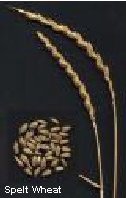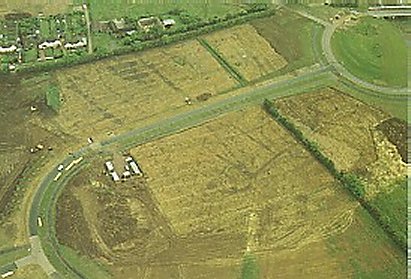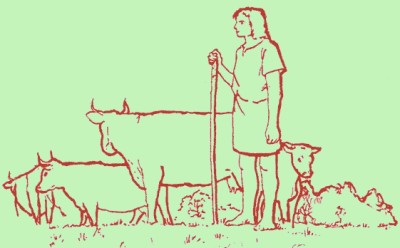During the Roman period, the countryside of the Milton Keynes area appears to have been largely in agricultural use. Farmers now had to produce not only food for themselves and their families, but also for the growing populations of the new towns, and of course the army.
The main cereal crop was spelt wheat, followed by other wheat varieties and barley. Vegetables first appear at this time, including cabbage, carrot, celery, cucumber, turnips, parsnips and summer savory.
Cattle or oxen were the most common animals, kept for haulage, hides, milk and meat. Sheep (and goats) were kept for wool, hides and meat. Pigs and horses appear in lesser numbers. Ducks, geese and chickens were kept. Most farms had dogs, used for hunting, herding and as guard dogs.
A range of herbs, such as coriander, was also grown. Cultivated fruits included apples, pears, plums, cherries, mulberries, chestnuts and walnuts. Flax was also grown for making cloth.




